The Chinese version of Harvard Business Review recently interviewed Xu Zhijun, Huawei's rotating CEO, to explore the business logic behind the 520 billion.
In the 2017 New Year's speech, Huawei's rotating CEO Xu Zhijun announced that Huawei's sales revenue in 2016 is expected to reach RMB 520 billion, a year-on-year increase of 32%.
What is the concept of 520 billion? What does the 32% growth rate mean today? In a nutshell, Chinese companies that can achieve these two figures have Huawei.
Has Huawei gone through a path that is so hard and harder than others? Maybe you can get a glimpse from one side. In 2002, Huawei had agreed to sell its hardware system to Motorola for $10 billion, and invested the proceeds from it into real estate. Fortunately, at the last minute, the newly appointed chairman of Motorola vetoed the deal, thus achieving today's Huawei.
As everyone knows, Huawei is good at self-criticism and learning from others' successful experiences. "Huawei combines the best ideas of China and the West, but it is not the West." Today, Huawei's business philosophy is reflected in all aspects of its business. Recently, the Chinese version of Harvard Business Review conducted an exclusive interview with Huawei's rotating CEO Xu Zhijun on the development of the operator business, trying to explore the business logic behind the 520 billion.
Founded in 1987, Huawei began to expand its business from telecom operators to enterprises and consumers in 2011, and gradually transformed from a telecom equipment provider to a leading provider of information and communication solutions. Today, Huawei has basically completed the global coverage of its products and services. In 2015, its sales revenue reached 395 billion yuan, and its overseas revenue accounted for 58%. It has truly become a global company headquartered in China.
At the National Science and Technology Innovation Conference held in May 2016, Huawei President Ren Zhengfei proposed: In 2020, the sales scale will be raised to 150 billion US dollars. This goal constitutes a new traction for Huawei and also means new challenges. In recent years, the telecommunications industry is facing tremendous competitive pressure. The fast-rising OTT industry continues to erode the cheese that was originally owned by the telecommunications industry (OTT is “Over The Topâ€, which means “over-the-top pass†for basketball, which means the Internet here. Enterprises use the carrier's network to provide various application services to users, which poses a threat to operators. Operators urgently need to fully transform into digital.
At the beginning of 2016, Huawei released the “Comprehensive Cloudization†strategy, which focuses on the ICT infrastructure and locks Huawei's own position as the promoter of the digital society and the development process of the intelligent society, and the “enablement†of enterprise cloudization and digital strategy ( Enable), the goal is to help partners truly achieve digital transformation, digital operations, and achieve ROADS experience (Real-TIme, On-demand, All-online, DIY, Social).
At the end of 2011, Huawei began to implement the rotating CEO system under the leadership of the board of directors. The three rotating CEOs took turns to serve as the company's top executive heads, each serving for six months. Ren Zhengfei said that the rotating CEO is more focused on the company's strategy and focuses on institutional development. The power to make daily business decisions is further delegated to various BGs (business groups) and regions to promote the rational expansion. In September 2016, the Chinese version of Harvard Business Review exclusively interviewed Dr. Xu Zhijun, Huawei's rotating CEO, at Huawei's Shenzhen Longgang Putian headquarters. He speaks simply, goes straight, has a strict logic, pays attention to details, points to the key, and does not evade the problem. The interview focused on one issue: operator transformation. Xu Zhijun said: "We have to go through this hurdle with the operators. The new round of development of the telecommunications industry can be completely opened, and the digital world will usher in new changes."
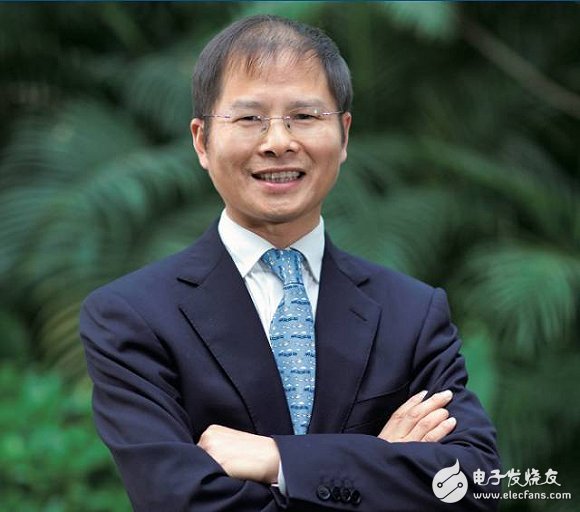
“Xu Zhijun, born in 1967, graduated from Nanjing University of Science and Technology with a Ph.D.. He joined Huawei in 1993 and has served as President of the company's wireless product line, President of Strategy and MarkeTIng, President of Products and Solutions, Director of Product Investment Review Committee, and Strategy and Development Committee. Director Hua Wei Vice Chairman, Rotating CEO, Rotating CEO is the highest responsibility of Huawei's management and crisis management. Ren Zhengfei's evaluation of Xu Zhijun: "Always can smell any opportunity before others. â€
"Customer Satisfaction" is the outline, the outline of the projectHBR Chinese version: Over the past 10 years, a number of Internet companies born in the "cloud" have emerged around the world. It has changed the business model of many industries by building a better user experience and rapid iterative innovation. It has caused an impact. What is the current state of the telecommunications industry?
Xu Zhijun: Now the entire telecommunications industry is facing transformational pressures. These pressures are mainly due to the business experience of various stakeholders and the impact of the macro-ecological environment, mainly in the following six points.
First, from the consumer level, the traffic price is too expensive and the experience is not good enough. At the enterprise level, applying for a dedicated line can be installed at least one month, and the enterprise needs for network connection, bandwidth, reliability and security. Not yet met.
Second, from the perspective of Internet operators, Internet operators provide services to consumers through telecommunication networks. They think that bandwidth is too expensive and traffic is too expensive. This is also a global problem.
Third, from the perspective of the government, the EU is pushing to cancel the roaming charges in the region. China is also urging operators to reduce telecom tariffs. Many countries around the world are trying to promote operators to cut prices.
Fourth, from the development of operators themselves, the industry has been in trouble for these years, and growth and profitability have declined.
Fifth, the collateral effect on telecom equipment suppliers, suppliers and operators are dependent on each other, and the days are not good.
Sixth, investors are confused because the return on investment is not high.
HBR Chinese version: What is the way out for the above problems?
Xu Zhijun: There are only two ways to choose: either to find a solution; or to wait for others to subvert. Obviously, operators are at the core of the industry value chain and are the backbone. Only when operators are healthy, the whole industry is likely to be healthy. Similarly, only when operators successfully transform, the telecommunications industry can successfully achieve transformation. It's really urgent now, like Google, Facebook, they are looking for ways to get a network from the air, bypassing the operators to directly provide services to consumers, if they succeed, it may subvert the entire telecommunications industry.
HBR Chinese version: What is the key to solving these problems?
Xu Zhijun: Let the customer satisfaction be the outline, the outline of the project. In other words, first solve the user's satisfaction, other aspects will be solved. How to make users satisfied? The core one is to greatly enhance the user experience. The user experience includes the business experience and the business acquisition experience. In the past, operators focused their attention on the use experience, such as making calls, texting, surfing the Internet, etc. The problems are, such as business discovery, purchase, transaction, after-sales service, etc. - these are the user experiences that involve business acquisition. The more the consumer satisfaction is determined. For example, the cumbersome transaction process and long service opening time will cause users to lose interest in purchasing services, and the difference between operators and OTT is precisely reflected in the user experience of business acquisition.
ROADS: Digital Transformation Goals
HBR Chinese version: What are the core challenges of improving the business acquisition experience?
Xu Zhijun: The core challenge is whether operators can achieve digital transformation with users as the center. Now almost all operators' operating systems are internally oriented. This system is designed for internal staff such as salespersons, maintenance personnel, etc. Although it is digital, it is called internal IT, and operators want to be truly future-oriented. The digital transformation from technology and products alone is not enough. The key is to transform into a digital enterprise that can realize ROADS (Real-TIme, On-demand, All-online, DIY, Social) experience for users, enabling users to realize real-time when purchasing products and services, enjoying products and services. , on-demand, full online, DIY, and social sharing. The ROADS user experience model is based on our own practices and the practices of other Internet companies. We believe that if operators implement ROADS, all the above “unsatisfactory†will be solved. From this perspective, we can Take ROADS as the goal of digital transformation.
HBR Chinese version: Is there a prerequisite for implementing ROADS?
Xu Zhijun: The premise is to achieve full connection. The full connection includes two levels: one is based on the internal enterprise, which realizes the full connection between people and things, things and things and people and things; the other is to realize the connection between organization and organization, that is, enterprise and external Users, customers, partners, and suppliers are connected together.
HBR Chinese version: What value does the full connection output for the operator?
Xu Zhijun: The core is the output of two levels of value: First, the reduction of operating costs and the improvement of operational efficiency. After the full join, you can place an order directly with the supplier and you can go directly to its system. The entire supply status is visual and transparent to you. At the same time, users can also directly enter your system, and your partner's IT system is also fully open, transaction costs are greatly reduced, and efficiency is greatly improved. From the experience of Huawei's glory (the Internet brand under Huawei), at least 10% of operating costs can be reduced. It is important to know that if operators achieve a 10% reduction in operating costs, they can immediately improve their profitability; second, they will promote innovation in business models and business models. The value of this level is critical for operators to drive digital transformation strategies based on long-term value.

Our best selling of cutting tools include PCD Inserts , PCD End Mill, PCD Ball Nose Mill, PCD Reamer, Carbide Taps, Carbide End Mill, Special Form Cutter and many more.
We provide a variety of carbide inserts, they were widely used to cutting steel, stainless steel, cast iron, heat-resistant alloys, heat-resistant alloys, non-ferrous material and hardened material.
All geomeries are available for your choice, it can be supplied immediately from stock or 2-4 weeks lead time can be given. And we also can produce carbide inserts according to drawings or samples.
Advantage:
Various grade and size are available.
Long use lifetime
and stable performance.
Good quality with competitive price.
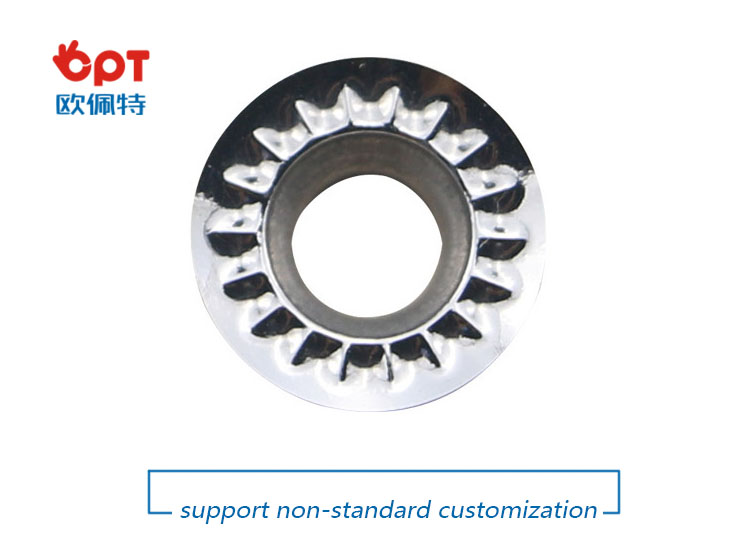

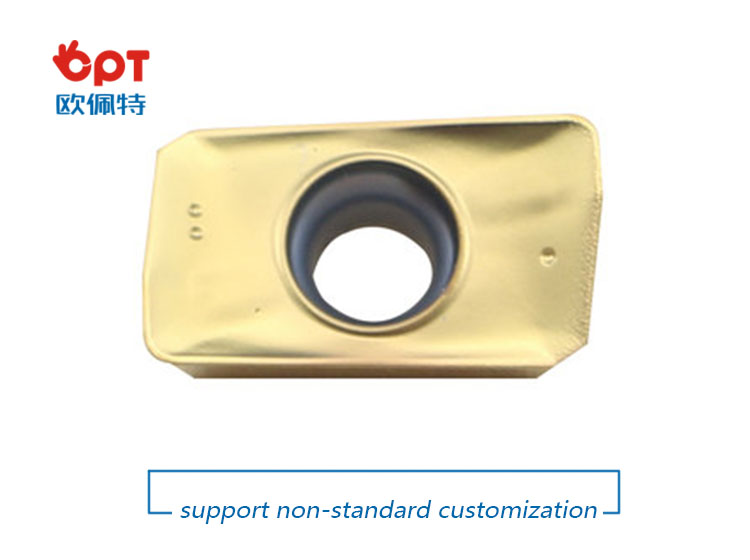
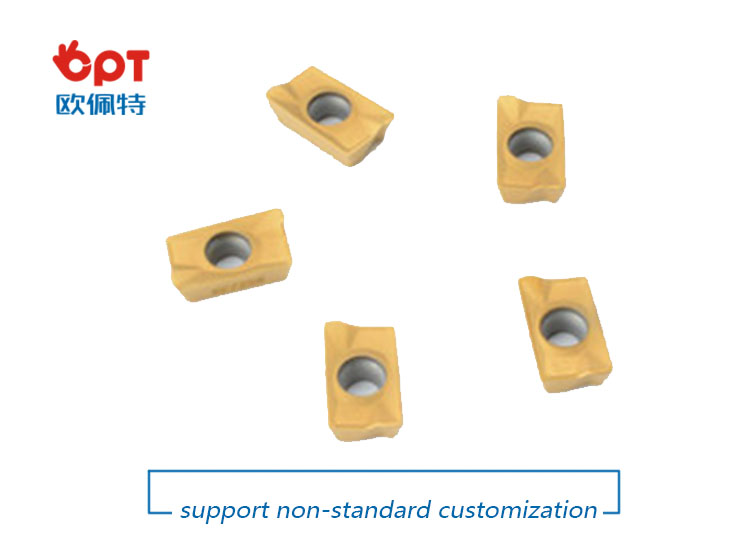

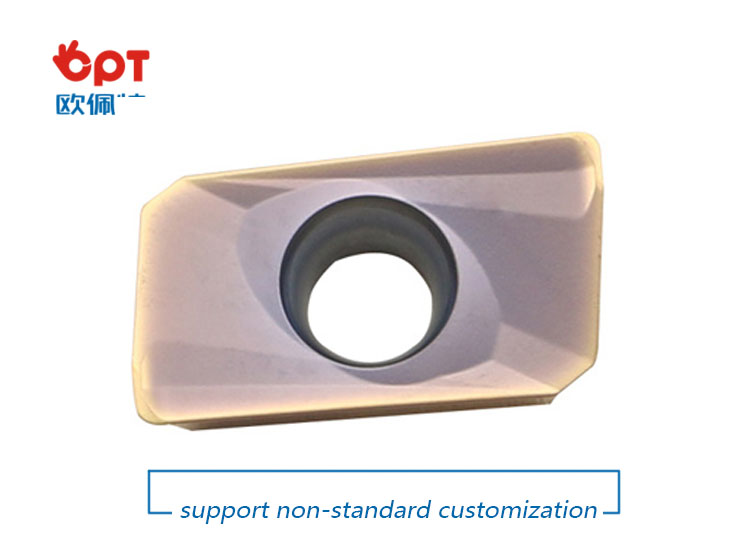
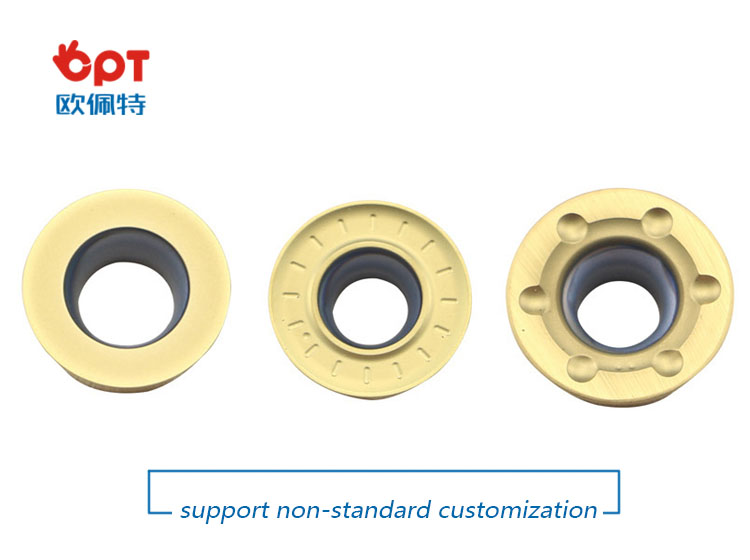



PAYMENT AND DELIVERY:
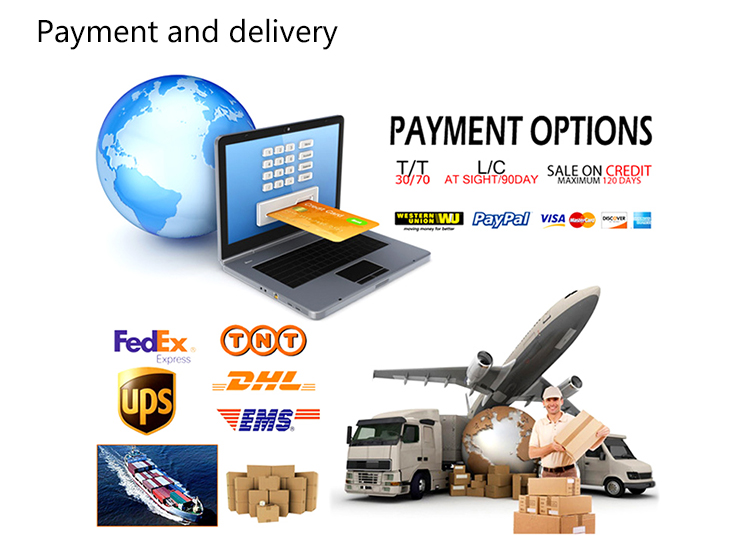
PRODUCT EQUIPMENT :
+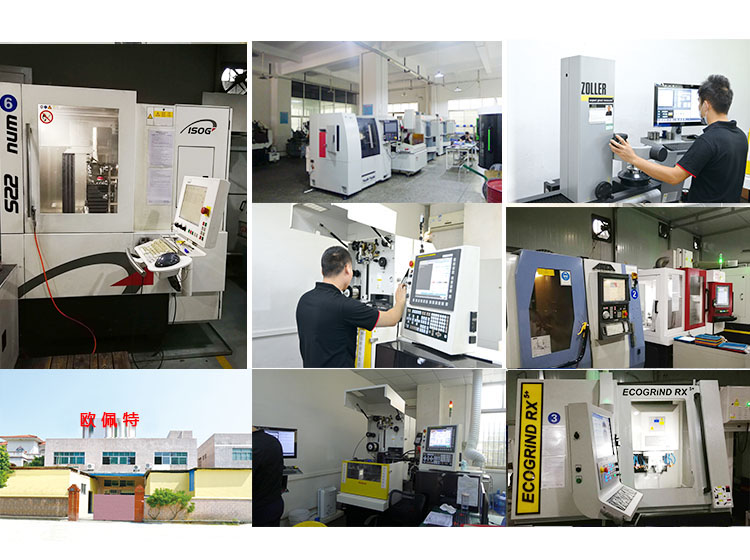
ABOUT US :
We are specialize in manufacturing PCD diamond tools and Carbide tools. Our major product inclulde PCD inserts, PCD Reamers , PCD End Mills, PCD Taps, Cabide Inserts,Carbide Drills, Carbide Reams, Taps etc.,
We also offered customized cutting tools per drawings, and provide package according to customer requirements. We manufacture a series range of cutting tools for machining of Cast iron, Aluminium alloy and Non-Ferros metal, it is widely used in all major sectors like Automobiles, Engineering, Aerospace, Aviation and 3C industry. Premium quality of raw material is used in the production and strict examination during processing with advanced equipment, so our client are satisfied with our reliable quality and on-time delivery.
Our best selling of cutting tools include PCD Inserts, PCD End Mill, PCD Ball Nose Mill, PCD Reamer, Carbide Taps, Carbide End Mill, Special Form Cutter and many more. For these years we have been made a large forward in the technologies of manufacturing cutting tools. With high quality on performance and price, our product sells well both on domestic and overseas market. And we will always focus on the quality and best service, to make long business relationship.
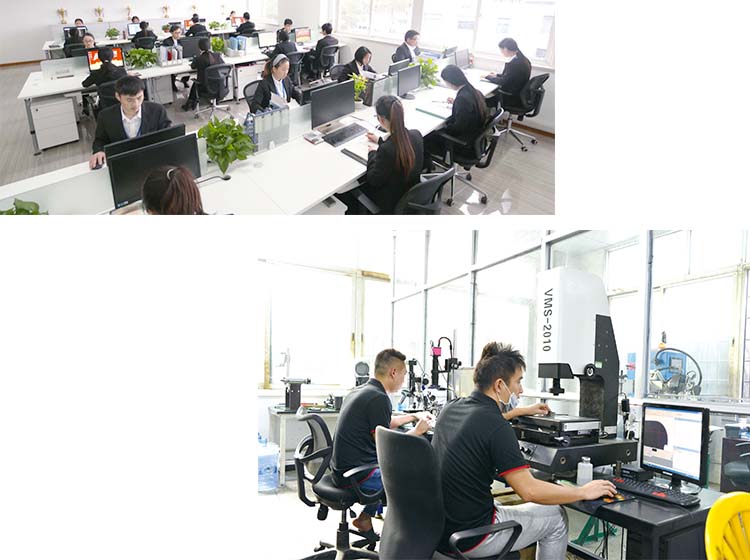
quanlity control:
We have dedicated team of quality control and precise equipment to keep good and stable performance for our products and processing services.

Carbide Inserts,Carbide Cutting Inserts,Carbide Tool Inserts,Carbide Threading Inserts
OPT Cutting Tools Co., Ltd. , https://www.optdiamondtoolss.com